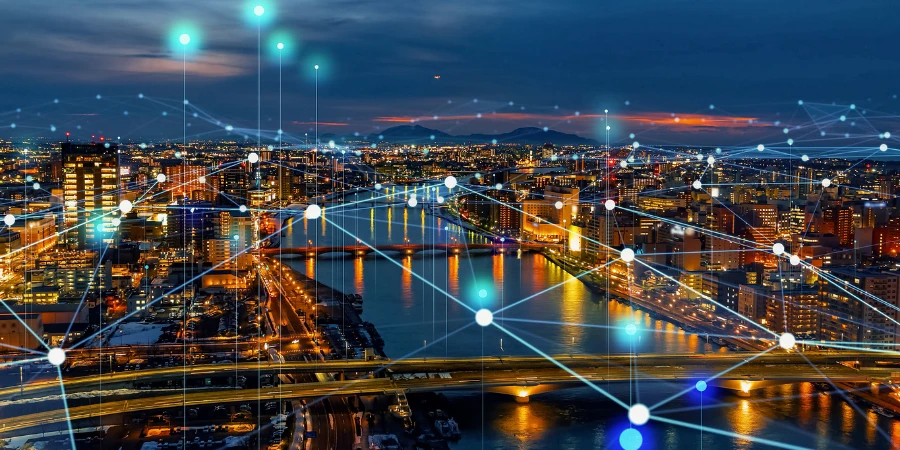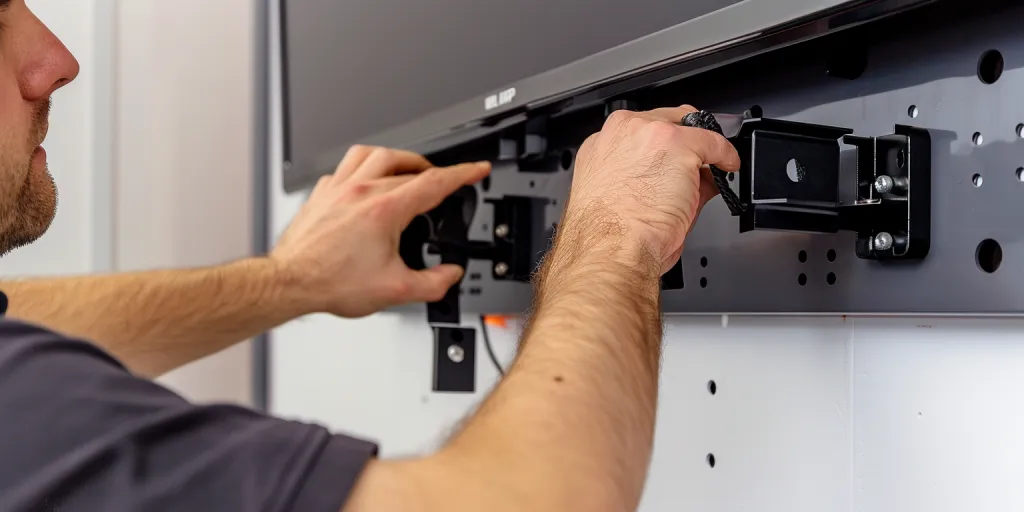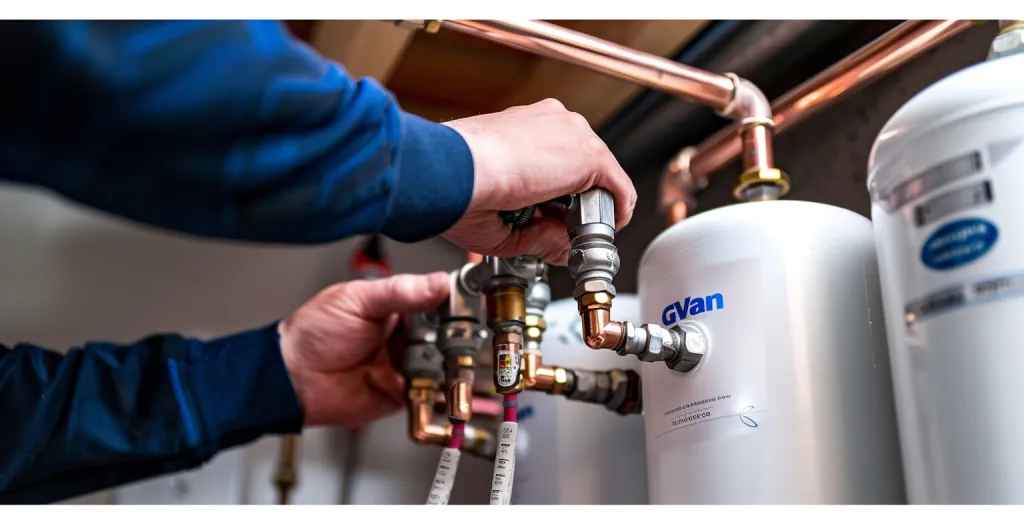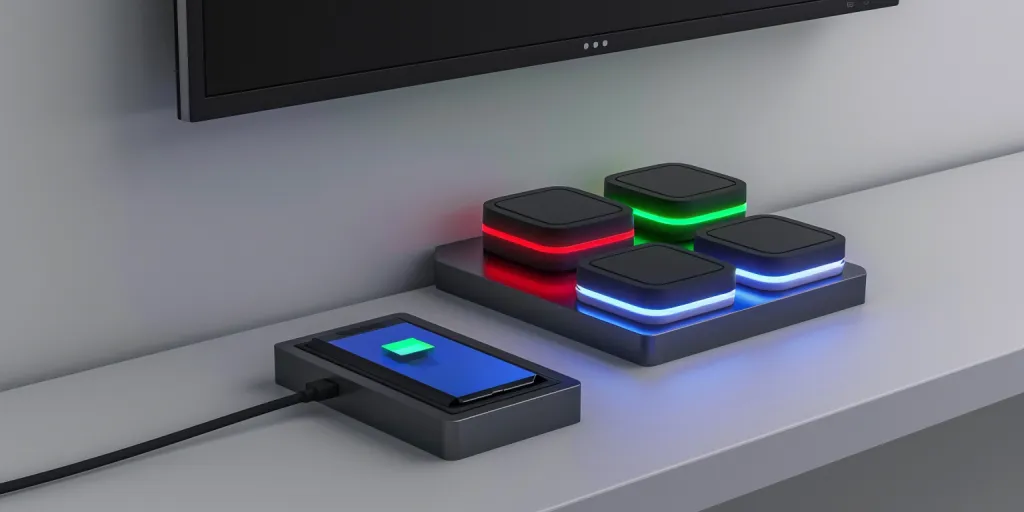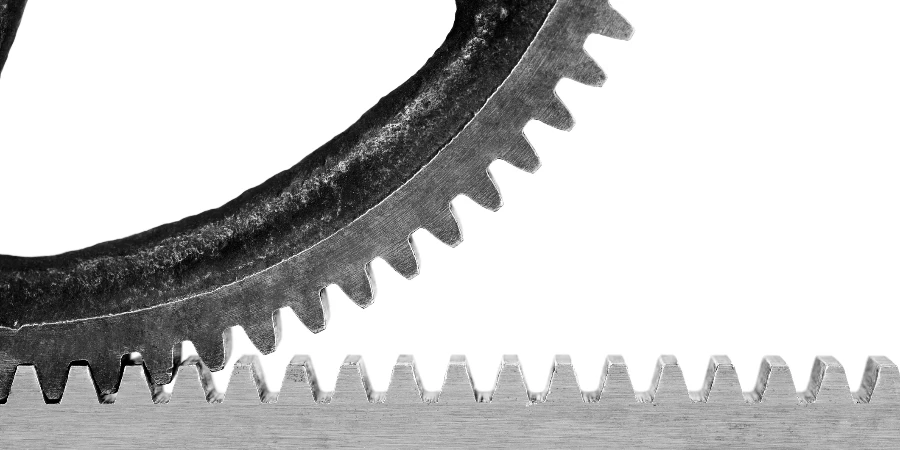The Internet of Things (IoT) stands as a transformative force in today’s digital era, weaving a complex web of connectivity that affects everything from personal gadgets to sprawling industrial networks. At its core, IoT represents the interconnectedness of devices, enabling seamless communication and data exchange. This guide aims to demystify the concept, exploring its mechanisms, implications, and potential through a clear, engaging narrative.
Table of Contents:
– Understanding the basics of IoT
– The impact of IoT on everyday life
– IoT in the business world
– Challenges and considerations in IoT deployment
– The future of IoT: Trends and predictions
Understanding the basics of IoT

IoT, or the Internet of Things, refers to the vast network of devices connected to the internet, sharing data without human intervention. At its heart, IoT is about devices talking to each other, from kitchen appliances to industrial machinery. This communication is made possible through sensors and software, which collect and transmit data, offering insights and automation opportunities.
The architecture of IoT systems is layered, comprising devices, connectivity, data processing, and user interface. These layers work in harmony to collect data from the environment, transmit it through a network, process it to derive actionable insights, and present it to the end-user in an accessible manner. The scalability of IoT systems means they can be as simple or complex as needed, from a single smart thermostat to a city-wide traffic management system.
Security and privacy are foundational concerns in IoT. As devices collect and share data, protecting this information from unauthorized access becomes paramount. IoT security involves securing the devices themselves, the data they transmit, and the networks they use. Privacy concerns also loom large, as the potential for sensitive personal information to be collected and misused is a significant risk.
The impact of IoT on everyday life
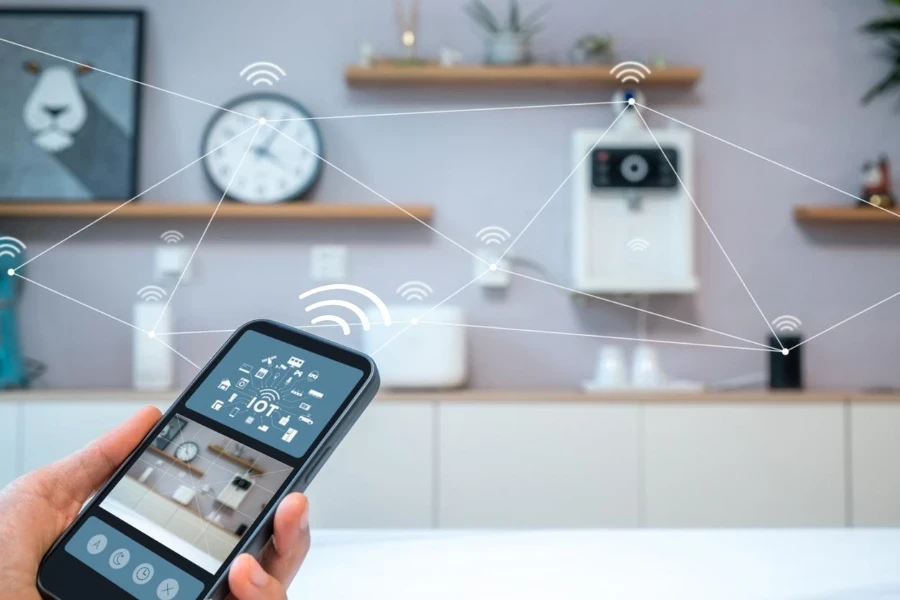
IoT technology has seamlessly integrated into our daily lives, often without us even noticing. Smart homes, equipped with IoT devices like thermostats, lighting, and security systems, offer unprecedented levels of comfort and convenience, allowing homeowners to control their environment with a simple voice command or a tap on their smartphone.
Beyond the home, wearable technology like fitness trackers and smartwatches use IoT to help individuals monitor their health and activity levels, providing personalized insights and recommendations. This has opened up new avenues for proactive health management and has fostered a more informed and health-conscious society.
Transportation and smart cities are another area where IoT is making a significant mark. With connected vehicles and traffic management systems, cities are becoming more efficient and less congested. These systems use IoT to monitor traffic flow, adjust signals in real-time, and even manage public transportation schedules, making urban living smoother and more sustainable.
IoT in the business world
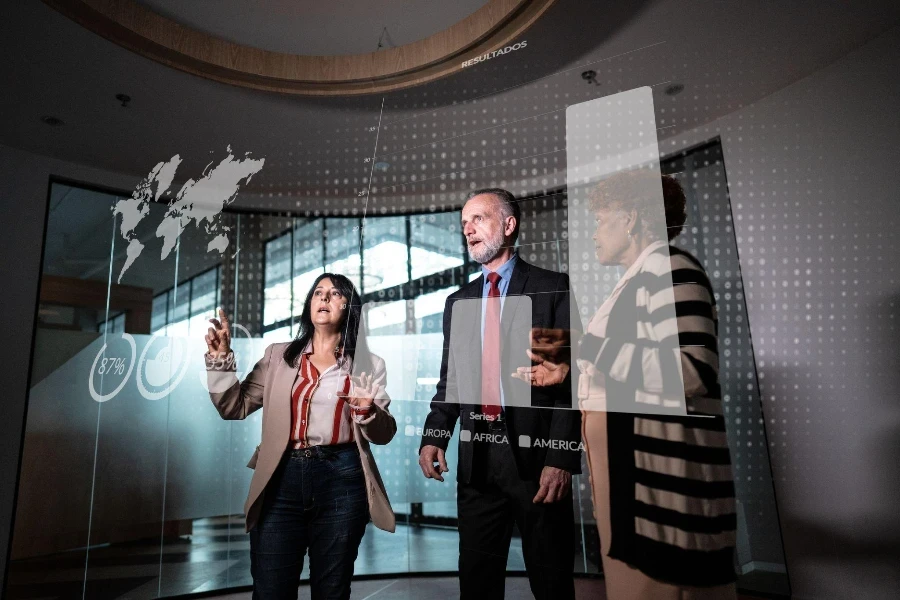
In the realm of business, IoT is a game-changer, driving efficiency, innovation, and new business models. Manufacturing, for instance, has seen a revolution with the advent of the Industrial Internet of Things (IIoT), where connected machinery and analytics have led to unprecedented levels of productivity and predictive maintenance, reducing downtime and costs.
Retailers are leveraging IoT to enhance customer experiences and streamline operations. From smart shelves that monitor inventory in real-time to personalized shopping experiences based on customer data, IoT is reshaping the retail landscape, making it more responsive and customer-focused.
Supply chain and logistics have also benefited from IoT, with connected sensors and trackers providing real-time visibility into the movement and condition of goods. This transparency enables more efficient supply chains, reducing waste and ensuring that products reach their destinations in optimal condition.
Challenges and considerations in IoT deployment
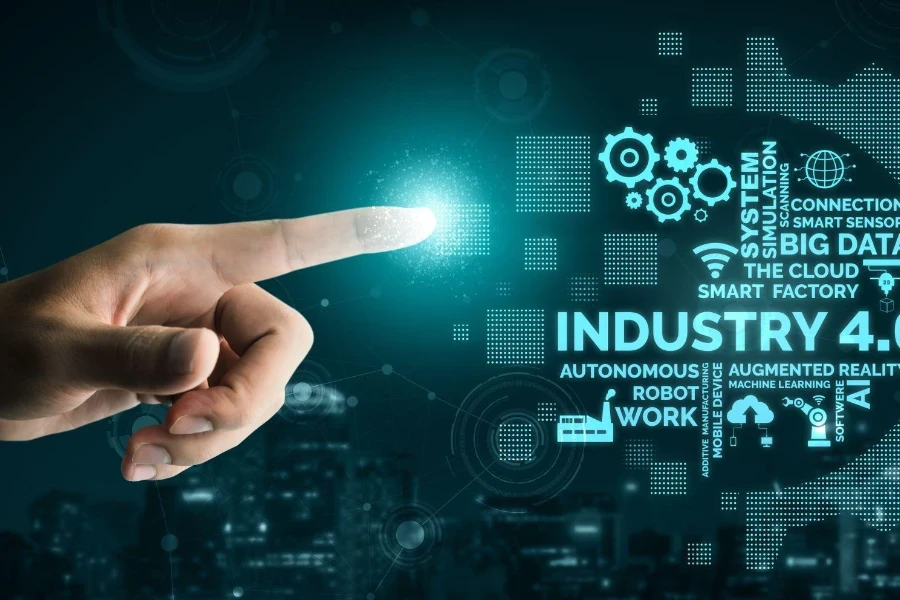
While IoT offers immense potential, deploying these technologies comes with its set of challenges. Security is a top concern, as the increase in connected devices expands the attack surface for potential cyber threats. Ensuring robust security measures are in place to protect data and devices is crucial.
Interoperability is another significant challenge. With a myriad of devices and standards in the IoT ecosystem, ensuring these devices can communicate and work together is not always straightforward. Standards and protocols must evolve to support seamless integration across different platforms and devices.
Privacy and data management are also critical considerations. With devices collecting vast amounts of data, ensuring this data is handled responsibly, with respect for user privacy, is essential. Businesses must navigate these considerations carefully, balancing innovation with ethical data practices.
The future of IoT: Trends and predictions
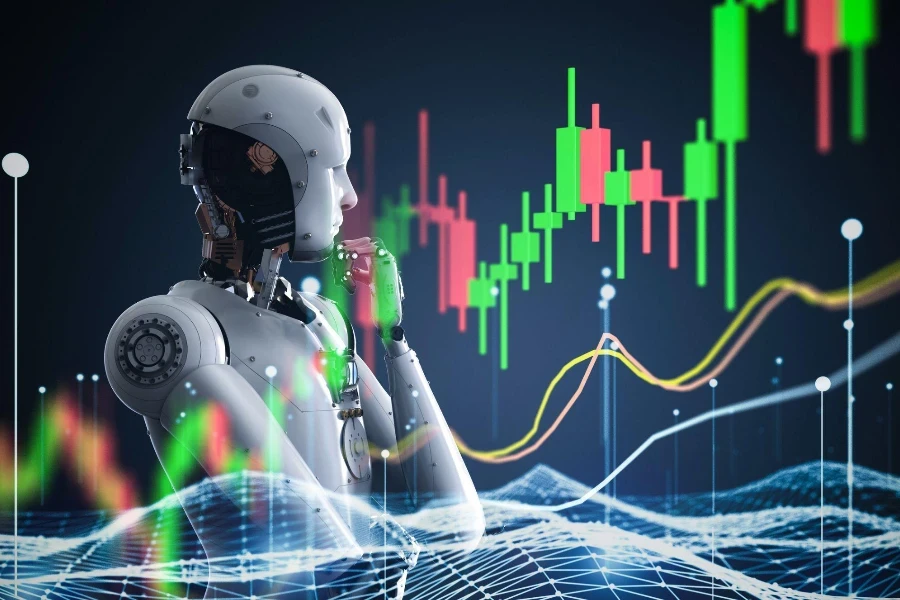
Looking ahead, IoT is poised for exponential growth, with advancements in AI, machine learning, and 5G technology propelling it forward. Edge computing, where data processing occurs closer to the source of data, is set to reduce latency and improve efficiency, enabling more complex and responsive IoT applications.
Sustainability is another area where IoT is expected to make a significant impact. Smart grids, energy management systems, and connected sensors can play a crucial role in monitoring and reducing energy consumption, contributing to more sustainable practices across industries.
In conclusion, the Internet of Things (IoT) is reshaping our world, offering new opportunities for innovation, efficiency, and connectivity. As we navigate the challenges and embrace the possibilities, the journey of IoT is only just beginning, promising a future where the physical and digital worlds converge more seamlessly than ever before.
